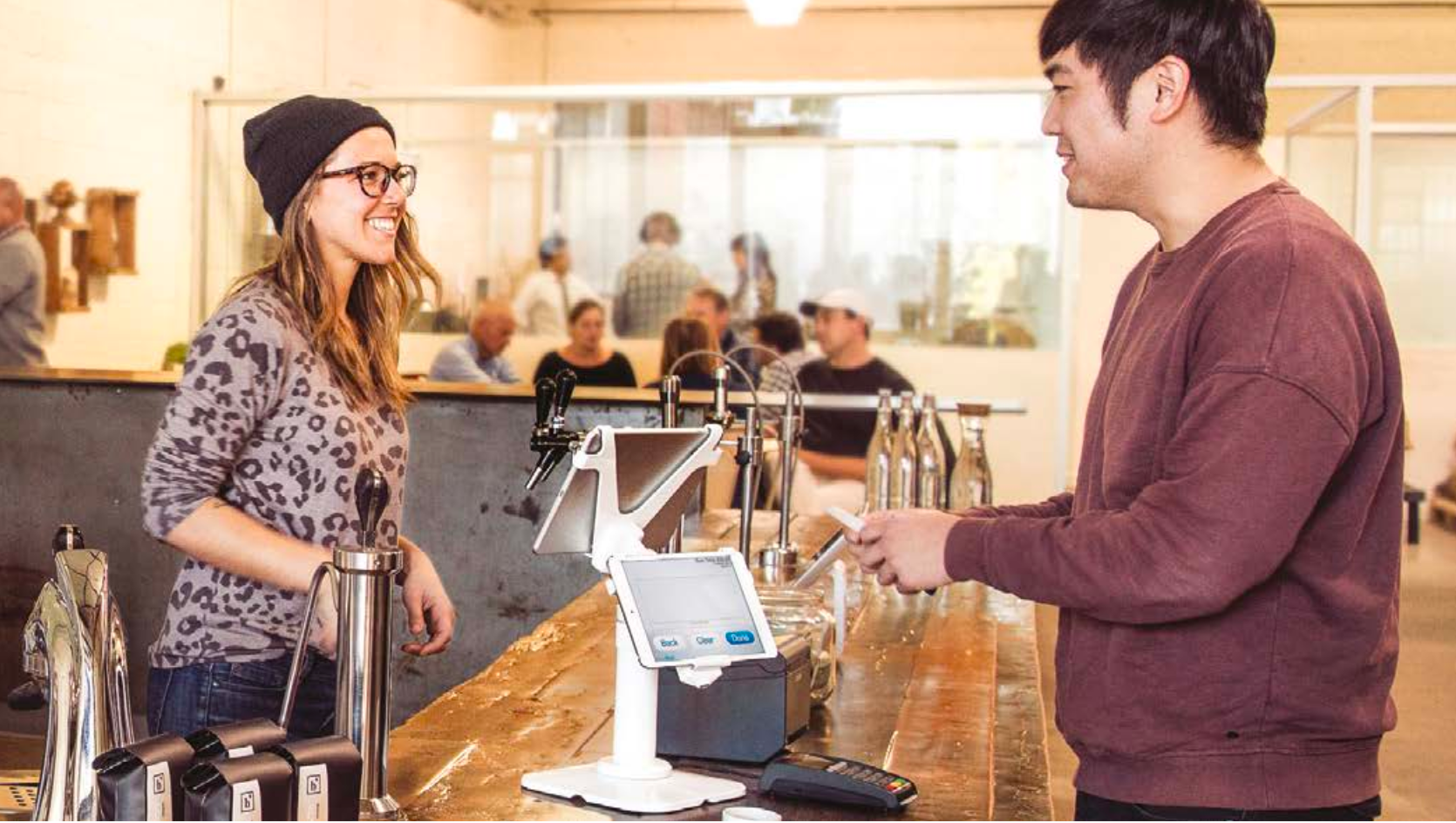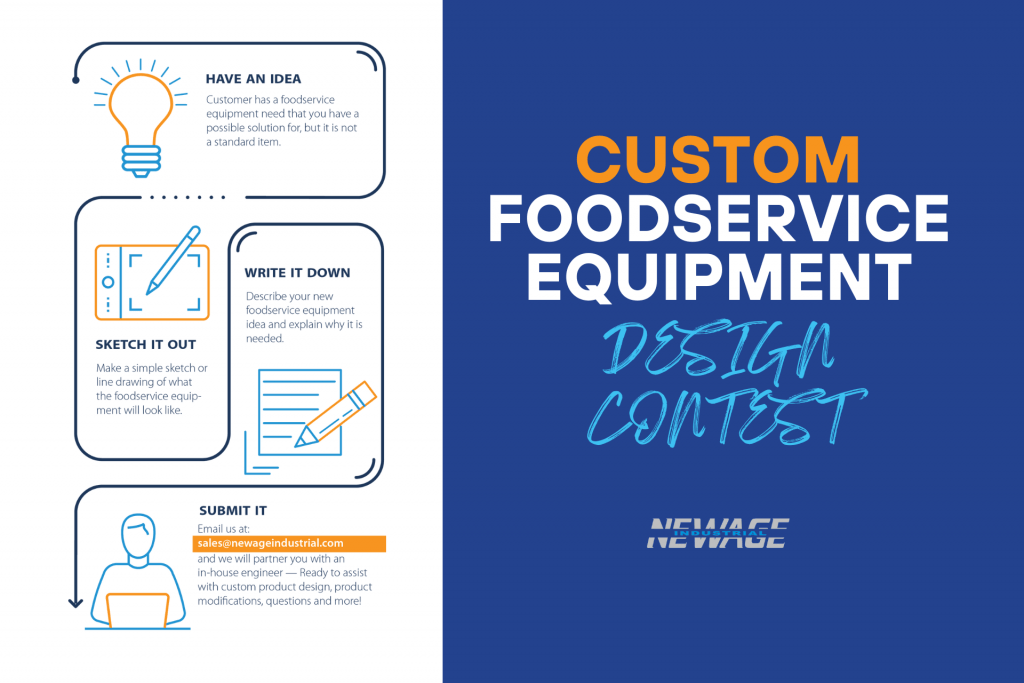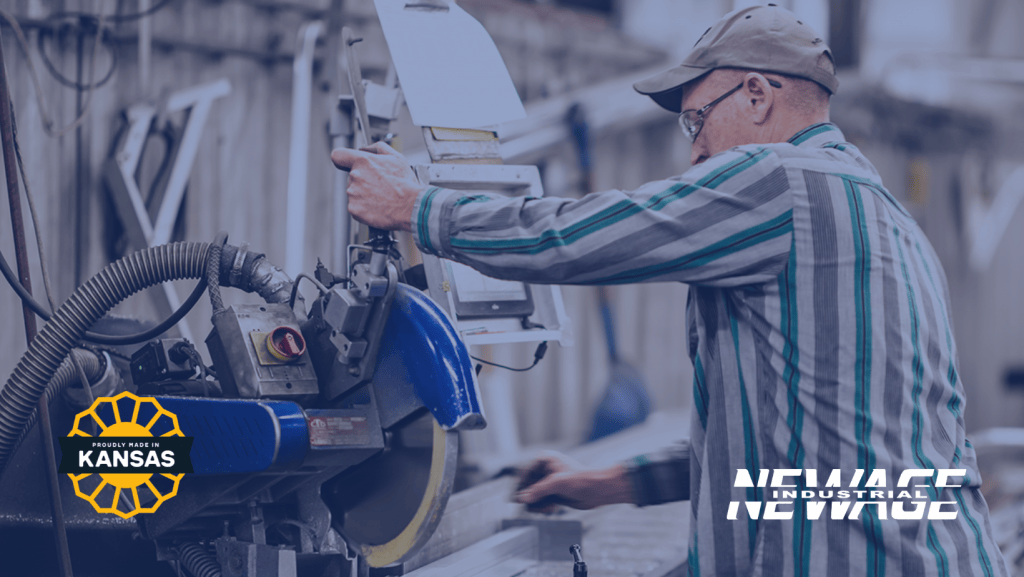
In an industry where service has to keep pace with rapidly changing customer preferences, many operators seem reluctant to invest in new technology. Concerns over cost and disruption may lead to them missing out on revenue and customer loyalty. We look at the changing trends and how tech can keep operators in touch.
There is no way to define the typical customer in the foodservice industry. Nevertheless, trends come along that cut across all demographics.
In the digital age technology is driving change in customer habits. “There has never been a time when consumers had as many choices in satisfying their hunger,” says Arlene Spiegel FCSI of Arlene Spiegel & Associates, Inc.
“This is a double-edged sword, as too many options can create confusion, as can the speed at which everything needs to be delivered.”
“Many restaurants are noting that up to 60% of their business is now either home delivery, takeout or curb-side delivery,” says Karen Malody FCSI of Culinary Options, LLC.
“This is a shift from the historical challenge of building a brand based on the experience inside the four walls of an establishment. In addition, the costs of utilizing third-party delivery are a financial burden for businesses already facing a limited net profit.”
Technology is driving changes in customer behavior, but large parts of the foodservice industry are finding it hard to keep up. “The industry can take a while to catch up with what is going on,” says Chris Lybeer, Chief Strategy Officer at Revel Systems.
“In terms of customer behavior, not much changed in the restaurant industry from the 1990s until recently. The industry has not focused on future trends, but the last five years has seen a lot of change in terms of consumer technology.”
In the 10 years since the iPhone was launched the world has taken to smartphones and, more recently, voice-activated assistants such as Amazon’s Alexa, which have changed the way people order food.
“The industry has not responded fully. Now, people use an app, a website or Alexa to order their food to collect or have it delivered,” says Lybeer.
“For operators who may not have changed their technology for 25 years, integrating these channels is a big challenge.”
What customers want
Foodservice now is all about choice. Customers – be they Millennials or Generation X, Y or Z – are eating at all times of day, they tend to order more food to eat off-premises and they want to know more about the food they eat.
“As Generation Z becomes the largest consumer group, their demands for transparency around food sourcing and 24-hour eating will continue to force operators to rethink not only their hours of operation, but also the equipment they need to manage simpler menus and their labor budgets,” says Malody.
The market is moving towards the desire for instant gratification, as people increasingly give in to their immediate cravings. The ability to take and fulfil orders quicker than ever is, therefore, imperative.
“Technological attributes are essential,” adds Malody. “Kiosks, mobile ordering, online ordering, pre-payment are crucial.”
This is forcing operators to become proficient in the technology aspect of their business. The POS is an essential tool in managing channels of distribution, as well as delivering the data that helps them run more efficiently.
The challenge is to combine the personalized service that makes a brand strong with delivery channels that reduce the need for human interaction.
“We are also approaching a cashless society, which means operators have the data to analyze and make strategic decisions for the business,” says Spiegel.
“POS systems are the highest value investment, with the greatest return, that an operator can make today. Accurate and timely reports will tell the true story of what is selling, when it is selling, by whom it is being sold, as well as the sales and margin information.”
Technology and the human touch
Technology is redefining what service means. For some customers it means an on-site interaction – good food served quickly by attentive staff. For others it means fast ordering and payment, as well as prompt delivery.
“In QSR and fast casual, and with the development of hot holding and cold holding cubbies, it is a remarkable phenomenon: in a business centered on ‘hospitality’, a diner might never have a human interaction,” says Malody.
“So, what is the definition of hospitality? In essence, it means whatever technological system an operator has needs to work efficiently and effectively.”
Some operators can be stubborn in refusing to let go of their older POS systems. But there is a growing risk this inertia will come with a cost in the long run, because operators will not have accurate data upon which to base business decisions.
“With margins getting slimmer due to rising labor and occupancy costs, operators need to install the best systems for now and later,” says Spiegel.
Revel’s Lybeer understands why the industry is not good at adopting new technology, but he also realizes that, increasingly in today’s market, technology defines service.
“The psychology of keeping up to date with new functionality is critical, not just implementing new technology,” says Lybeer. “The companies supplying the technology have to make it easy to keep up with change, which is why we do the heavy lifting here at Revel.
“Once we get customers platformed on the right technology then the system can be updated automatically,” he adds. “That is our fundamental proposition. The big change is in ordering habits, not eating habits, and we help restaurant operators engage with that so they can focus on making their brand the best it can be.”




